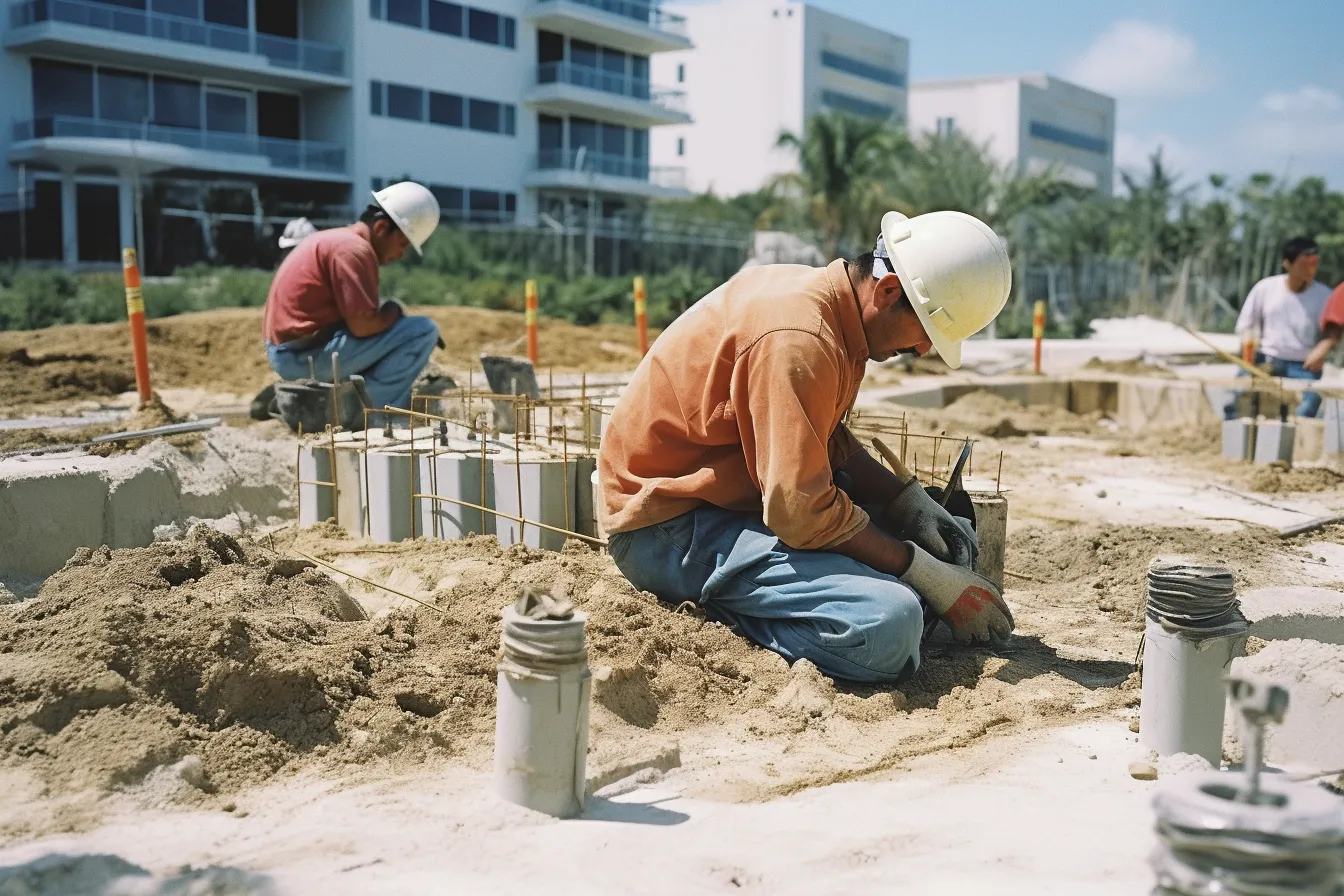Recycled Materials in Modern Buildings
Welcome to our article on how recycled goods are reshaping construction! In today’s world, sustainability and environmental consciousness are becoming increasingly important. As a result, industries across the board are exploring ways to reduce their carbon footprint and embrace eco-friendly practices – and the construction industry is no exception. In this article, we will explore the use of recycled materials in modern buildings, highlighting the benefits they provide and the innovative ways they are being utilized. From concrete made with recycled aggregates to eco-friendly insulation, let’s delve into the exciting world of sustainable construction!
Recycled Aggregates: A Foundation of Sustainable Construction
One of the key components of modern sustainable construction is the use of recycled aggregates in concrete. Recycled aggregates are sourced from materials such as crushed concrete, brick, or asphalt, diverting these waste items from landfills. By incorporating this eco-friendly alternative into construction projects, builders can reduce their dependence on traditional, non-sustainable materials.
Concrete made with recycled aggregates not only helps conserve natural resources but also offers technical advantages. The addition of recycled aggregates improves the strength and durability of the concrete, making it an excellent choice for various structural applications. Additionally, using recycled aggregates can significantly reduce the carbon emissions associated with concrete production, making it a win-win solution for both the construction industry and the environment.
Transforming Waste into Energy-Efficient Insulation
Innovations in the construction industry have extended beyond concrete, with recycled materials now being used in insulation products as well. Traditional insulation materials, such as fiberglass, often rely heavily on non-renewable resources, making them less sustainable options. However, advancements have paved the way for energy-efficient insulation made from recycled materials.
One such example is recycled cellulose insulation, which is created from shredded, recycled paper. This insulation material provides excellent thermal resistance, containing heat within buildings during the colder months and reducing the need for excessive heating. Furthermore, it acts as an acoustic barrier, reducing noise pollution and creating a more comfortable living or working environment. By reusing waste materials like paper to create insulation, construction companies are significantly reducing their ecological impact while delivering high-performance solutions.
Revolutionizing Architectural Design with Reclaimed Wood
Wood has been a staple in construction for centuries, and now the industry is finding innovative ways to incorporate reclaimed wood into modern buildings. Reclaimed wood refers to lumber that has been salvaged from older structures, such as barns or warehouses, and is repurposed for new construction projects. By utilizing this sustainable material instead of cutting down new trees, builders can conserve forests and reduce deforestation.
Reclaimed wood not only adds character and unique aesthetics to a building but also possesses superior durability and strength. Additionally, using reclaimed wood helps reduce the energy and resources required for processing new timber. From flooring to wall paneling, incorporating reclaimed wood into architectural design not only promotes sustainability but also adds a touch of history and craftsmanship to modern structures.
Conclusion
The utilization of recycled materials in modern buildings has revolutionized the construction industry, enabling it to become more sustainable and environmentally conscious. From recycled aggregates in concrete to energy-efficient insulation made from recycled paper and the incorporation of reclaimed wood, construction companies are embracing innovative solutions to reduce their carbon footprint.
As the demand for sustainable construction practices continues to grow, the use of recycled materials will undoubtedly play an even more significant role in shaping the buildings of the future. By reimagining waste as a resource and incorporating recycled goods into construction projects, we are paving the way toward a greener, more environmentally friendly future. Let’s continue to embrace these exciting developments and create a world where sustainable buildings become the norm!
